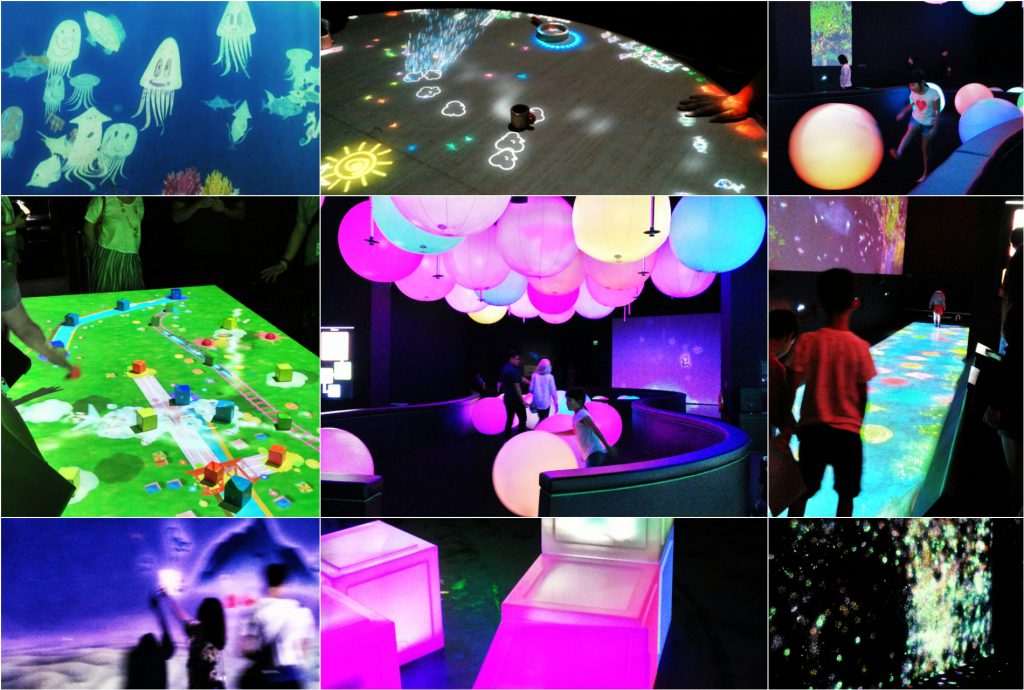Response to: Designing for the digital age by Kim Goodwin, Chapter 1
It was at first confounding to be suddenly introduced to a plethora of terms which are not exactly profound, yet placed in an unfamiliar context. Terms such as “principles”, “patterns”, etc are given a more concise and specific definition, focussing more on the design process. I find these very useful and easy to understand after the author systematically listed out and categorised each step of the process. The vocabulary used became more meaningful.
It is also heartening and reassuring to know that the framework provided is an open guide where other approaches can be supplementary. It does not seek to constrain the creative mind authoritatively and this approach encourages a more conducive environment which I feel designers (or people in general) would appreciate.
With so many approaches available, I do agree with the author’s company about having goal-achievement as the main direction. She goes on to provide a breakdown (e.g. research, modelling, requirement and so on) of the methodology they apply in design and stressing that it is a versatile approach. I also appreciate the simpler words used to elaborate her points.
Question 1: It also makes me wonder if all these keywords and terms being used should always be defined by designers during their work with clients?
All these makes me curious about what methodologies other design companies apply and whether they are also successful. It was also interesting that the author placed as much emphasis on the types of people involved, how their work ethic and attitude play a key role in the design process. And as stated in the reading, a considerable amount of time is already required to implement a good design practice.
If the people involved are highly important—
Question 2: Is there a sure way to cultivate a conducive work environment? Will this in turn help in the process of implementing a better design practice?
Reflection about “Future World”

Watching children interact with the exhibits and observing people spending a few seconds in front taking a picture and then walking off gives the impression that “Future World” is merely an exhibit for pure entertainment. Or perhaps it is under-appreciated due to the lack of a proper guide for the general public. The lights and colours were distracting at first and it made me ponder about the purpose of each exhibit. On further reading about the concept of Teamlab as well as having a friendly guide during our visit, I could understand the purpose a little more. They also stemmed from the pictorial representation of traditional Japanese arts and was very much inspired by nature.
Initially, it seemed ironic that all the nature (flowers, fish, etc) were trapped by the flat screens and walls. It seemed to emulate nature but still possessed a two-dimensional quality. Contrast this with the real vastness and ever-changing (and interactive) nature out there for everyone to enjoy and embrace. After knowing about the underlying concept of the exhibits, I found it meaningful the digital media was utilised to help reconnect users to nature, and also be a point of interaction between strangers and friends. Could this spur people to re-immerse themselves back in nature, to be more experimental and not be limited by the barriers of screens? Stated in the Teamlab website is this- “by creating an interactive relationship between the viewer and the artwork, viewers become an intrinsic part of the artworks.” I agree that being inside the digital media itself is a new and wonderful experience!

Crystal Universe: http://www.marinabaysands.com/museum/future-world/space.html